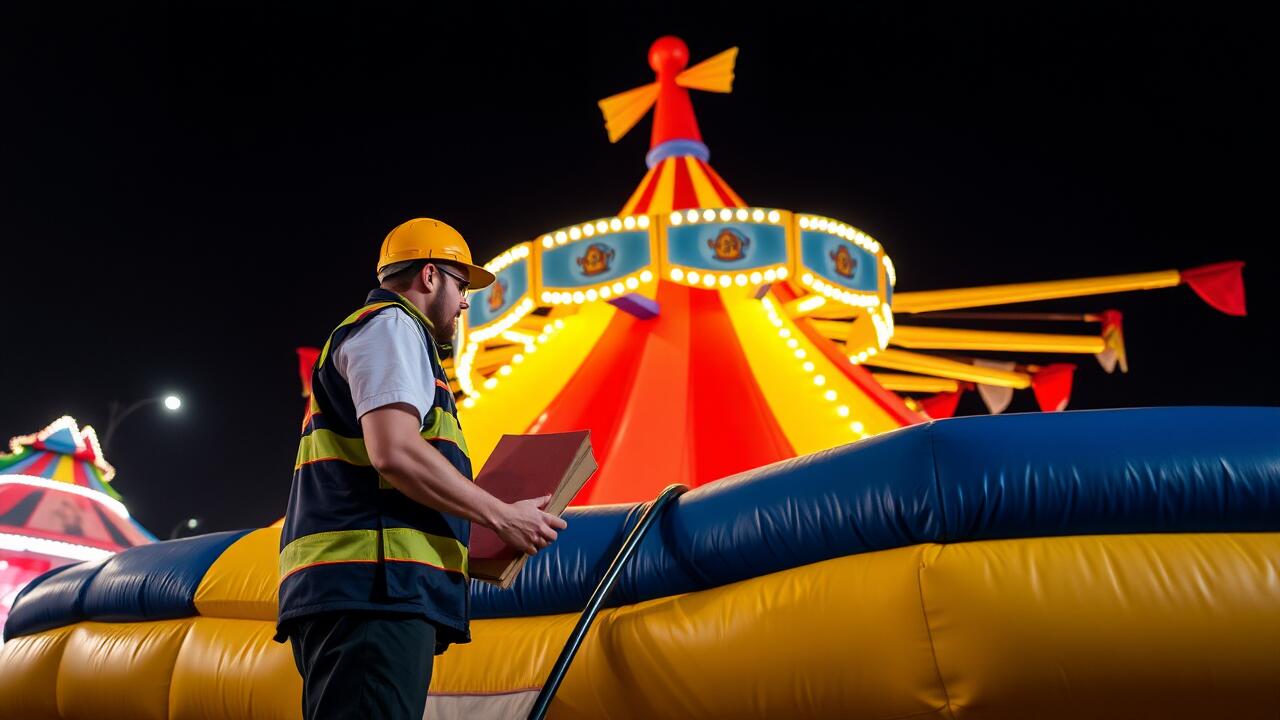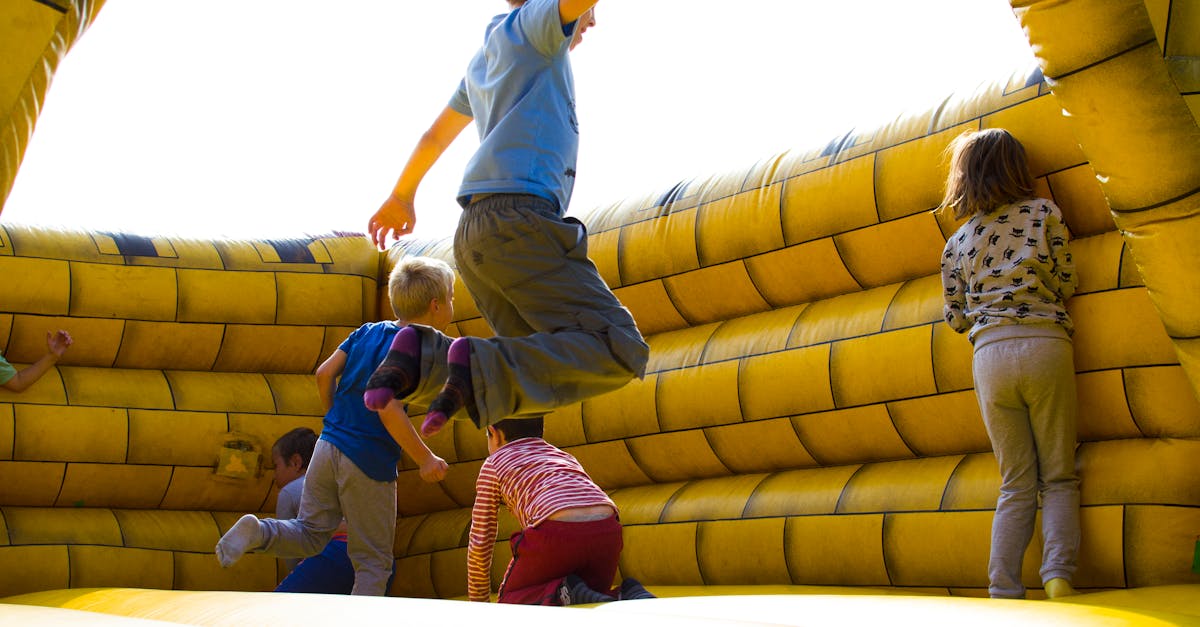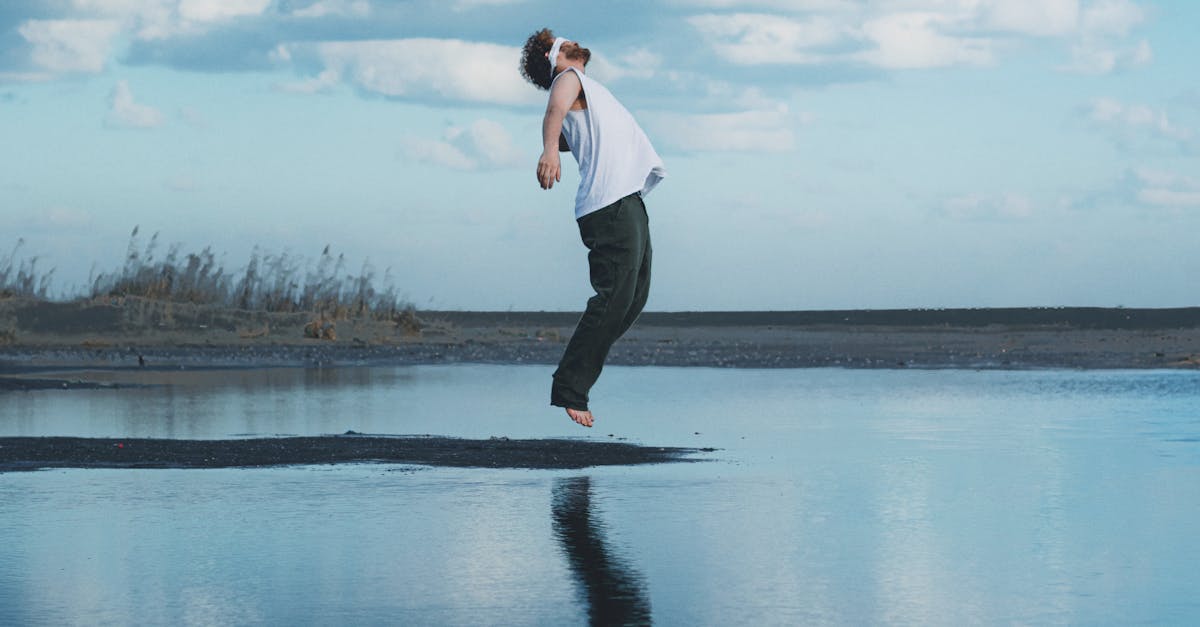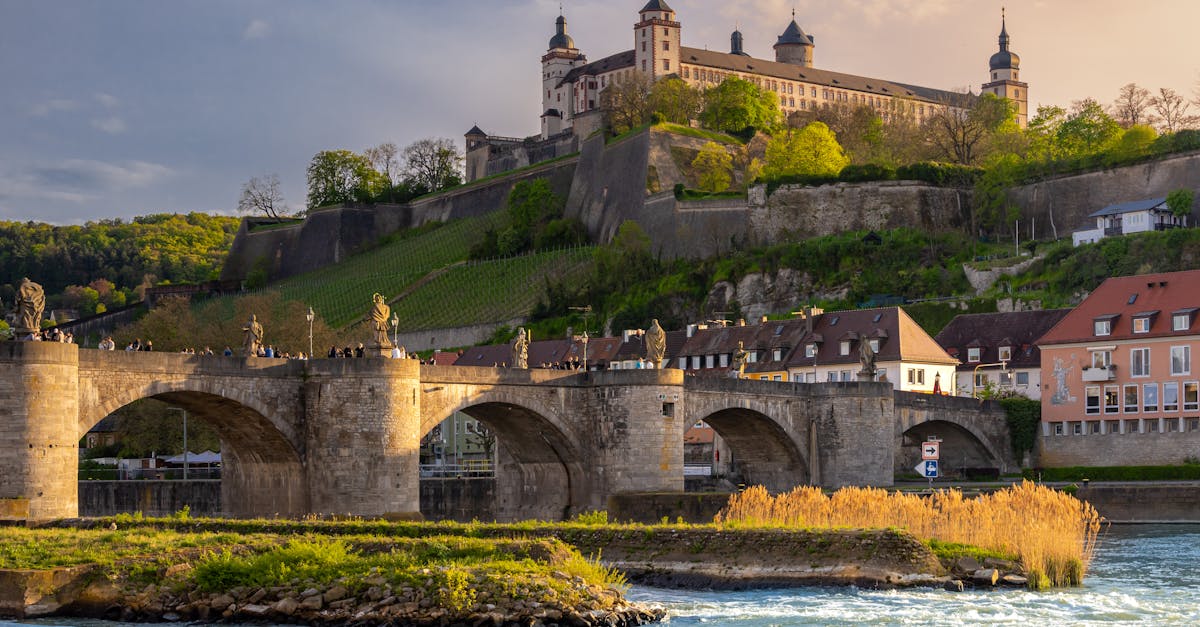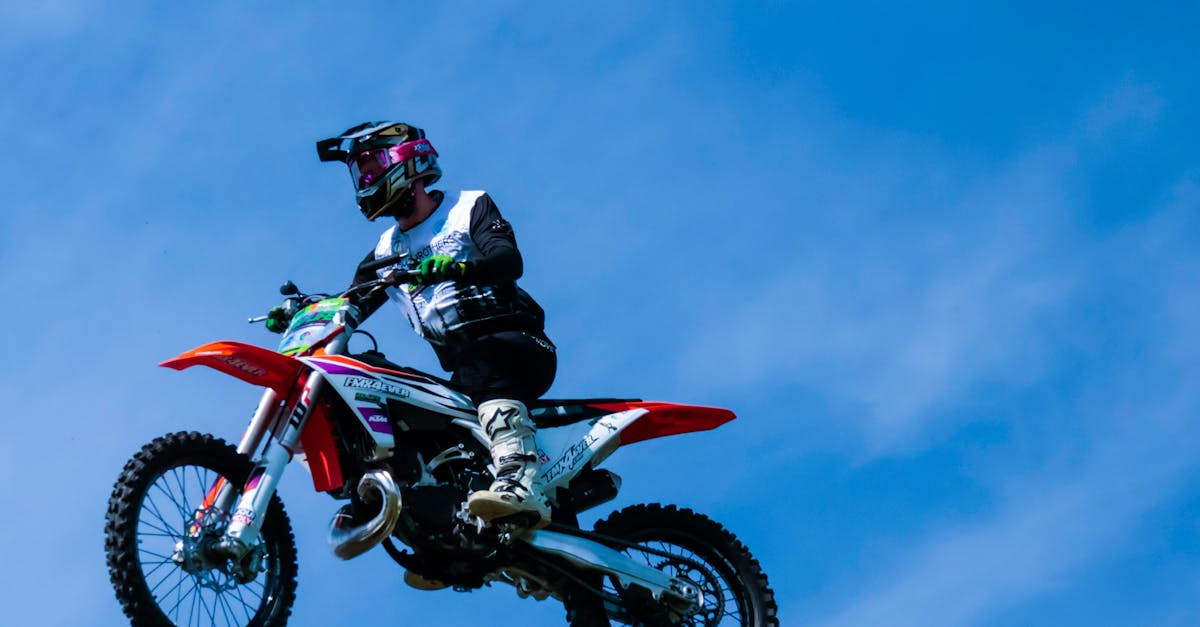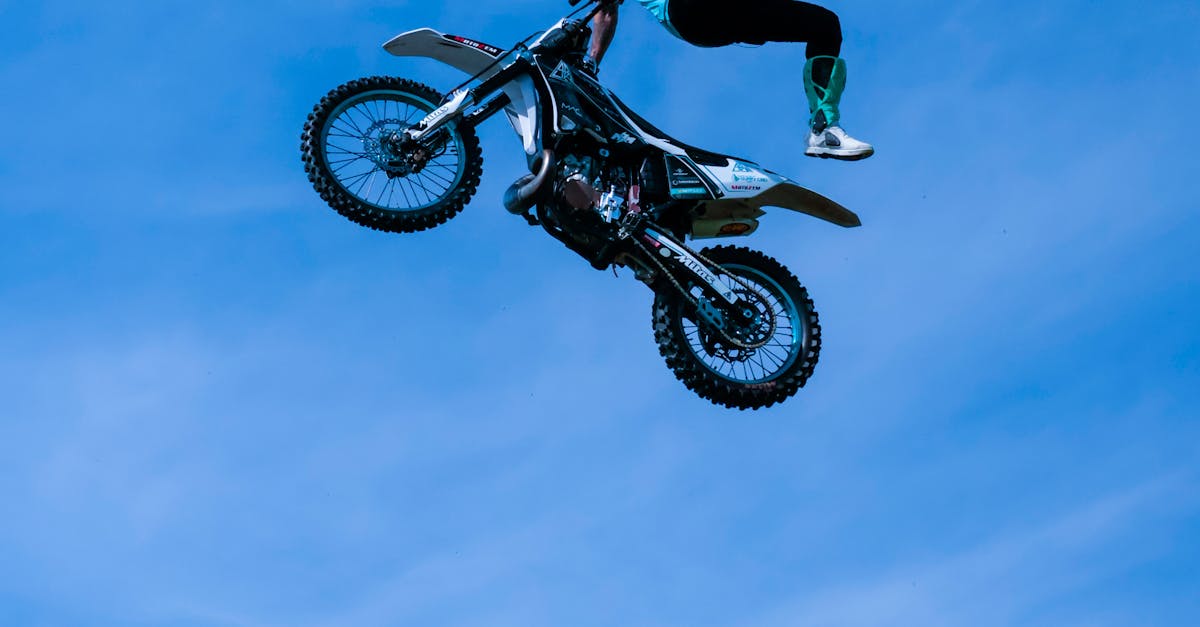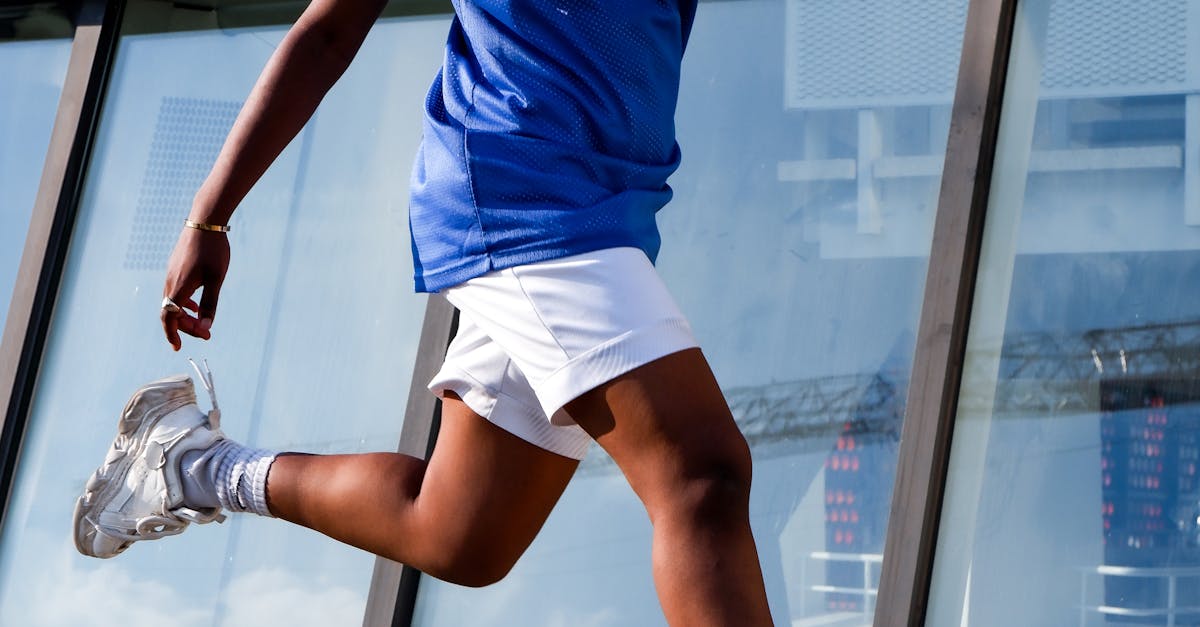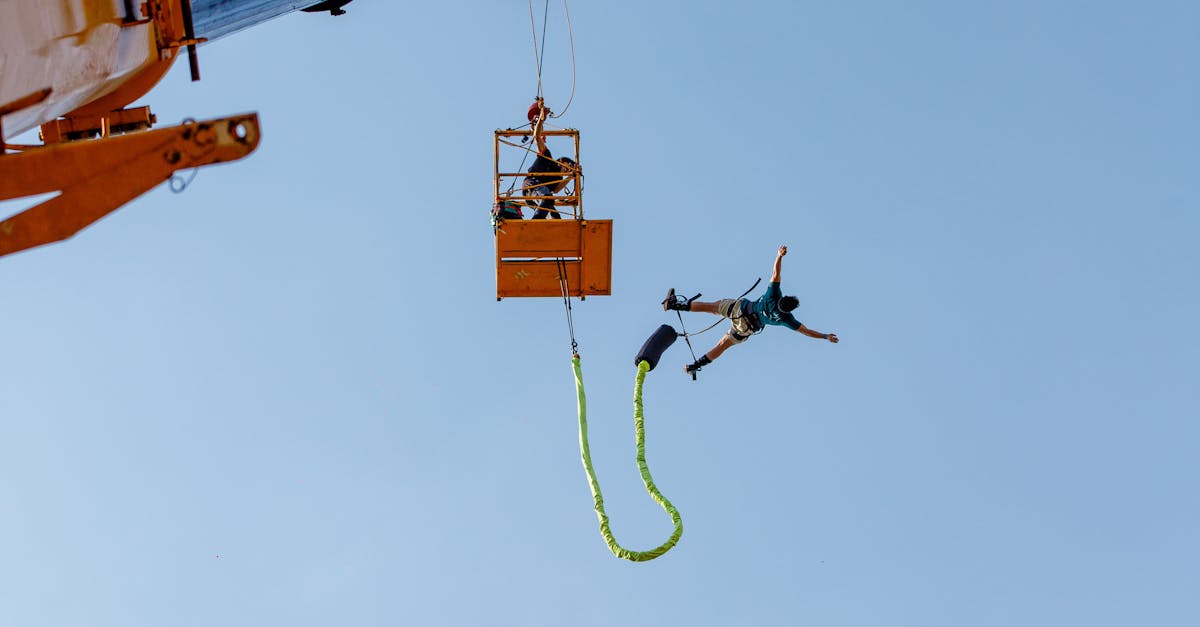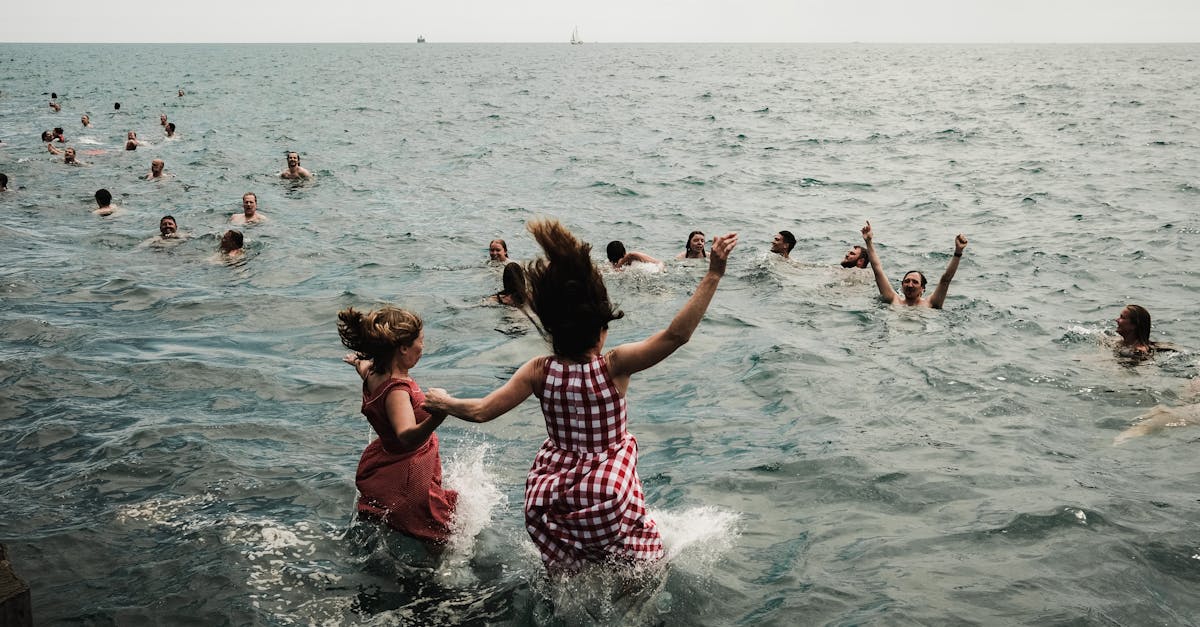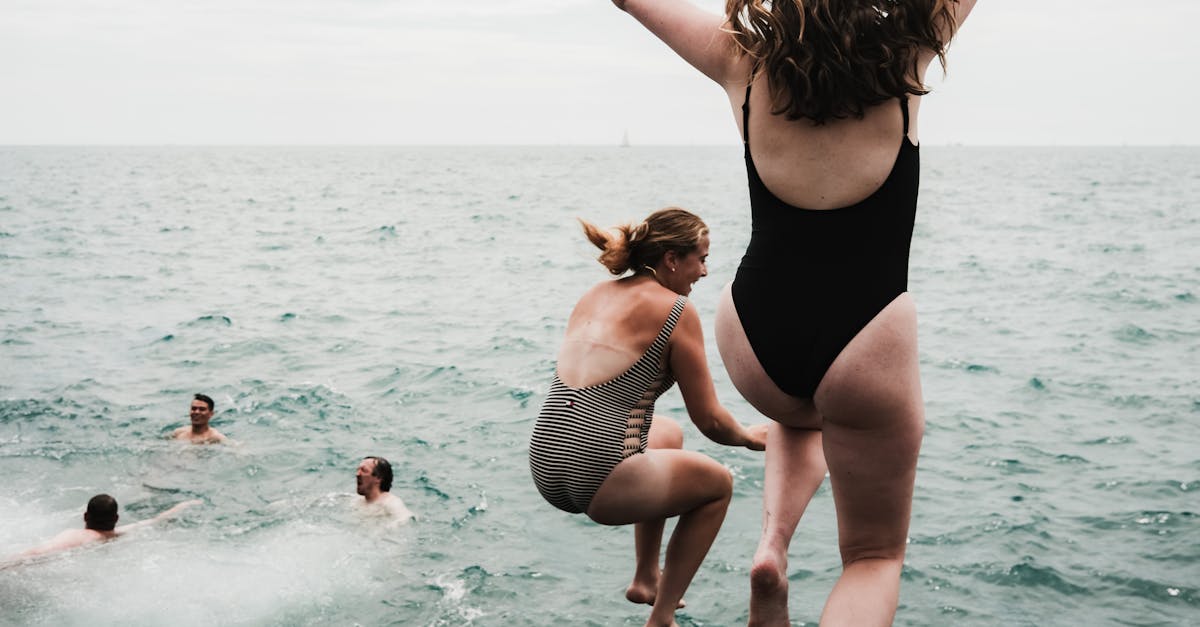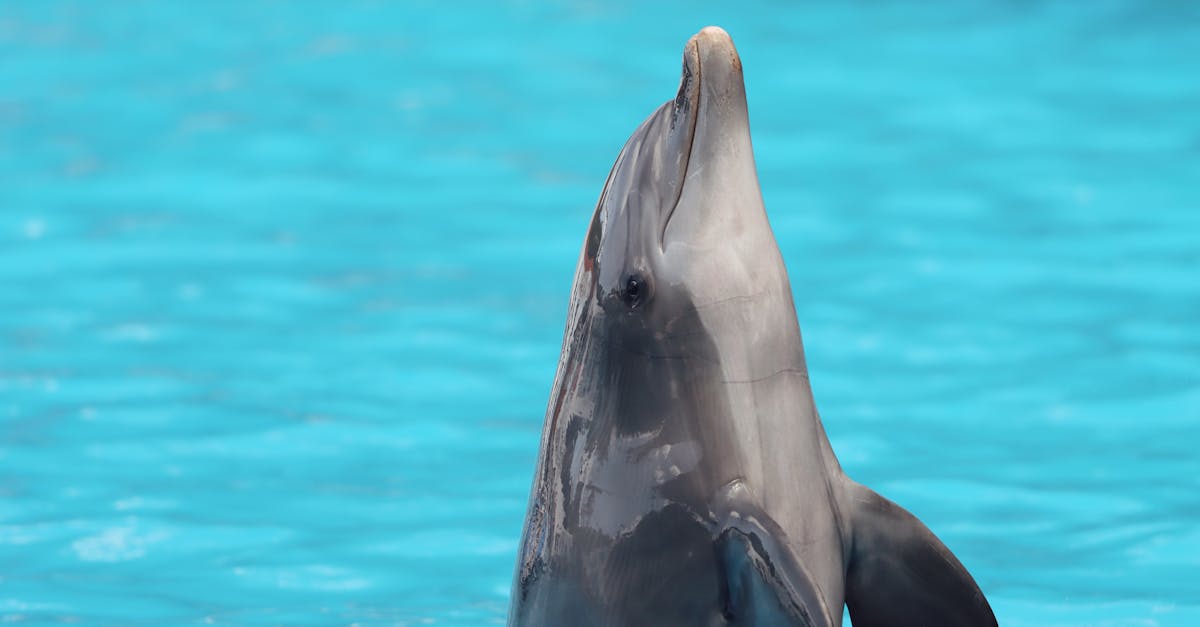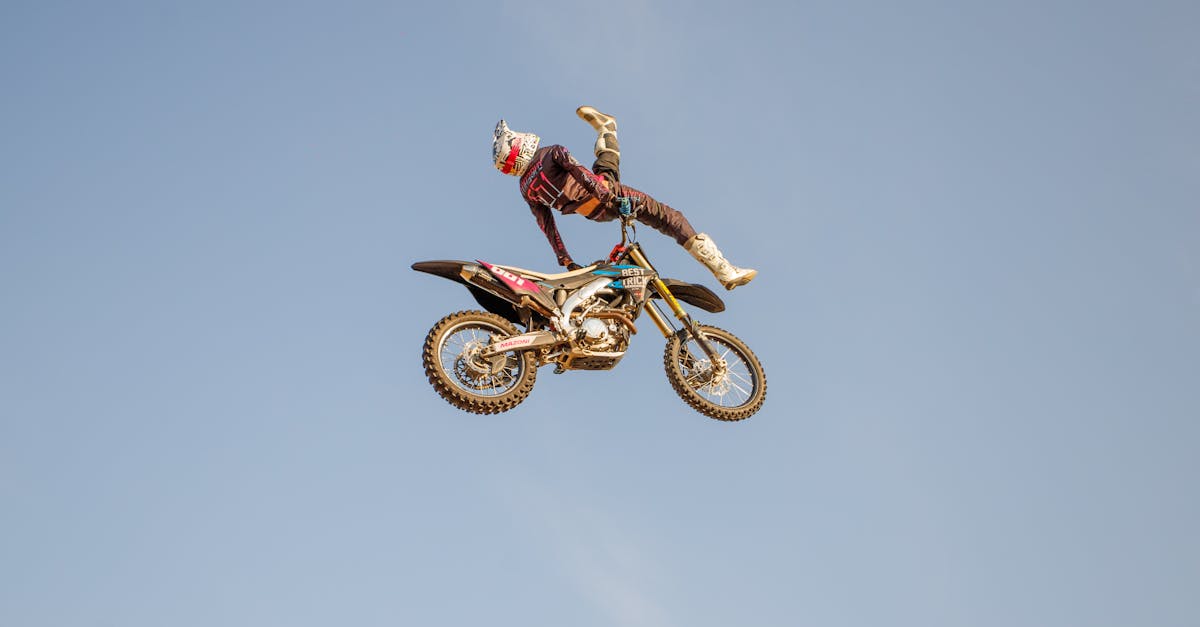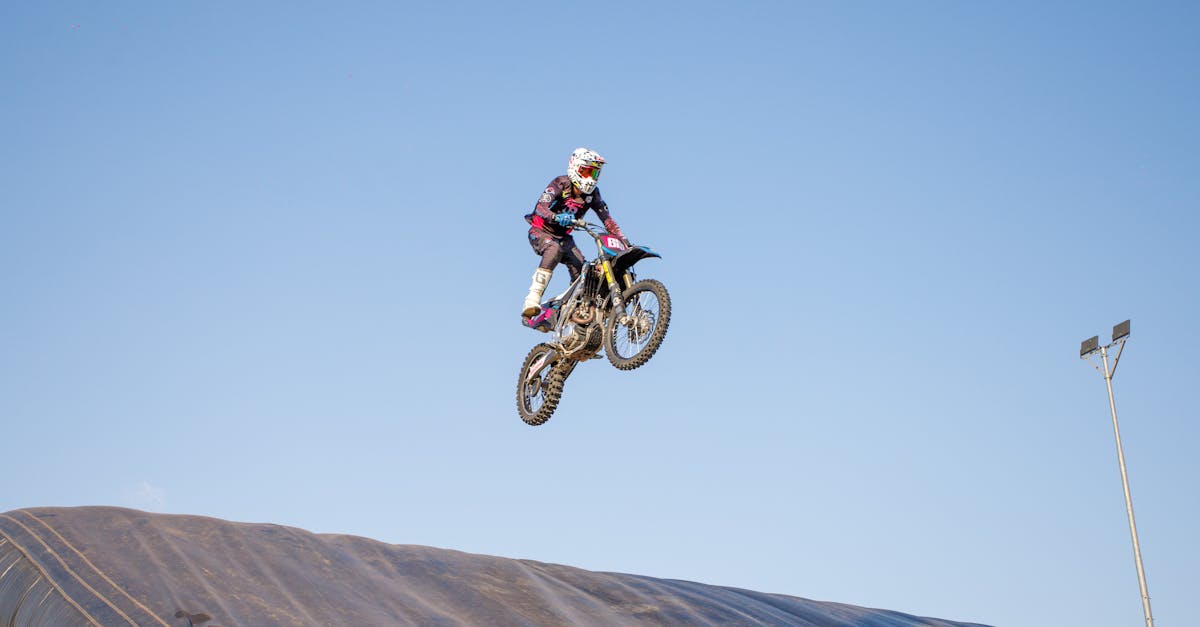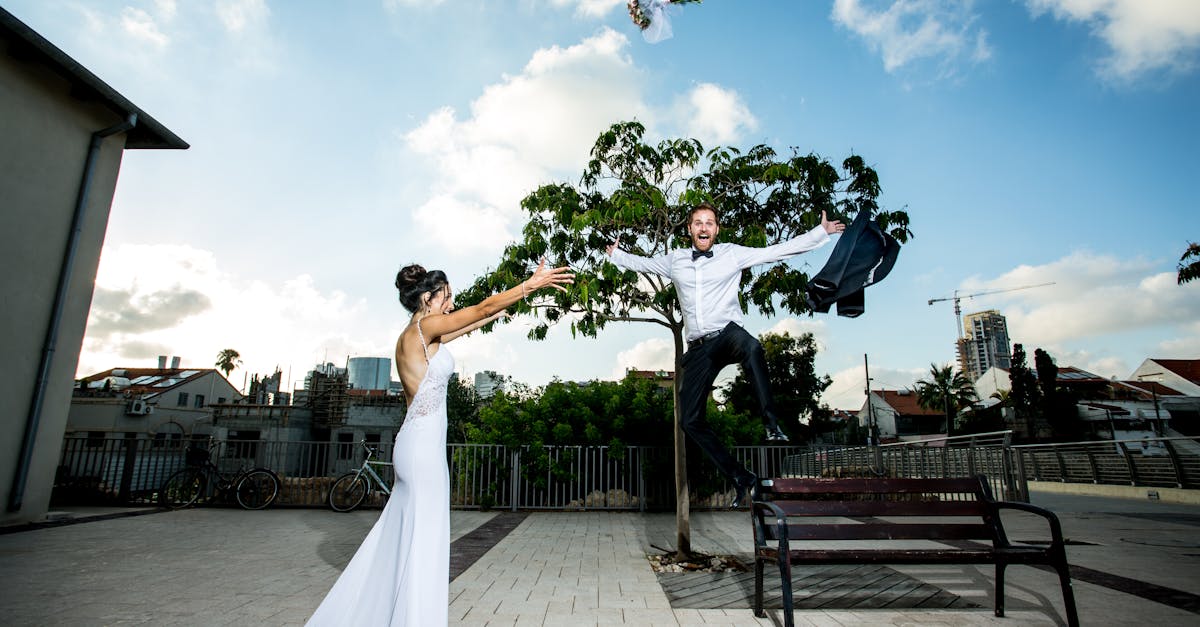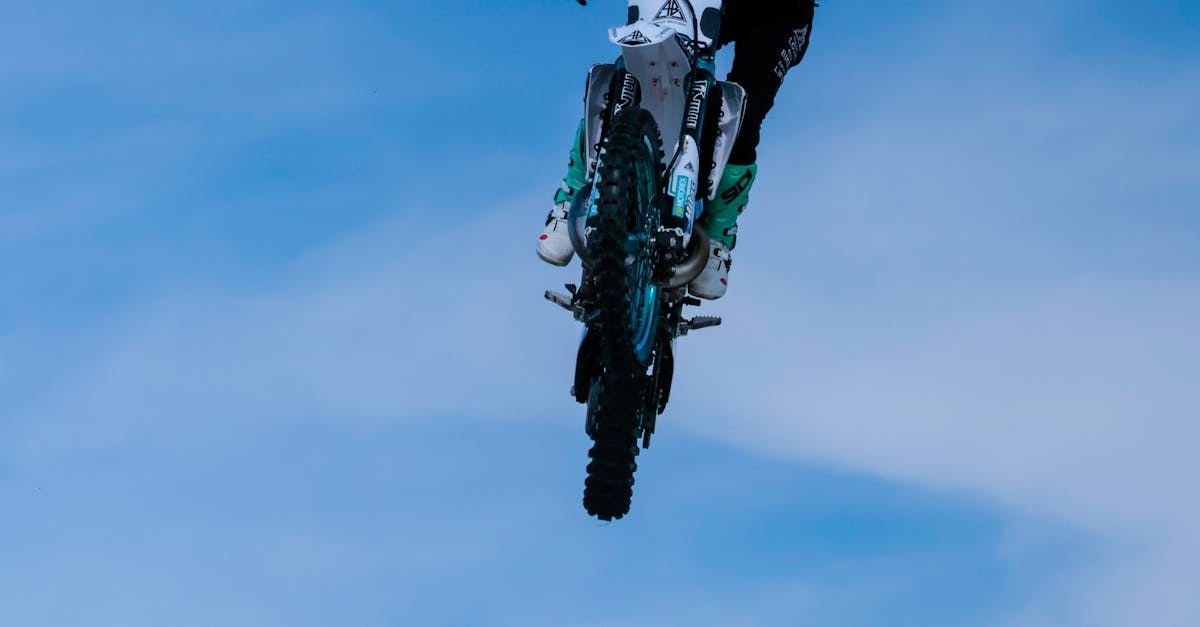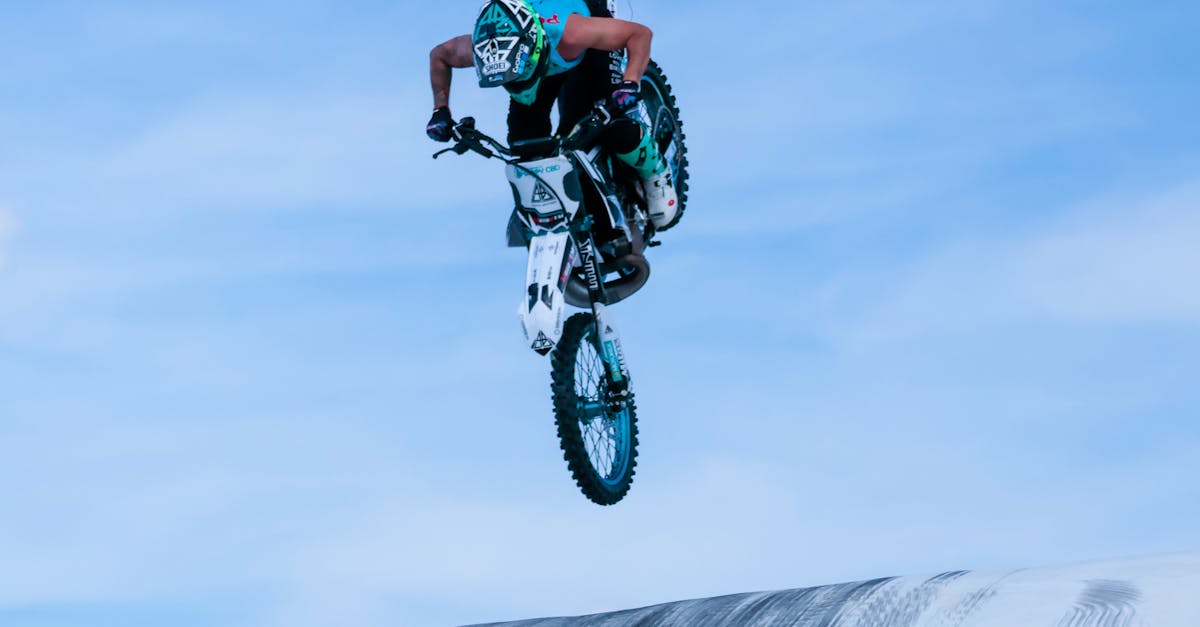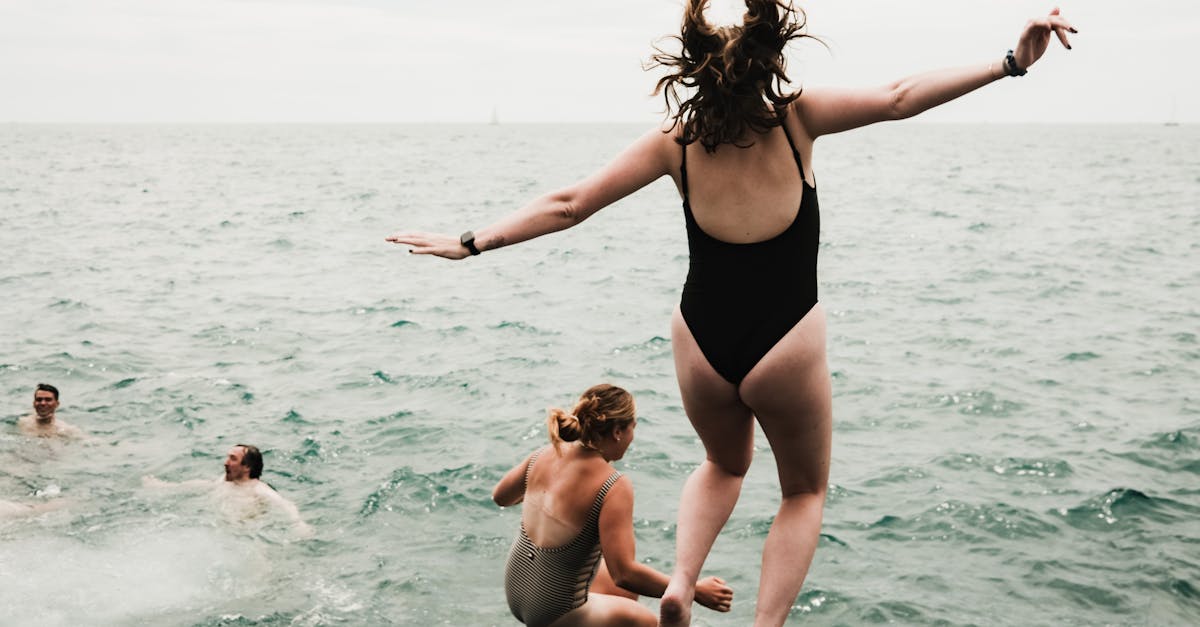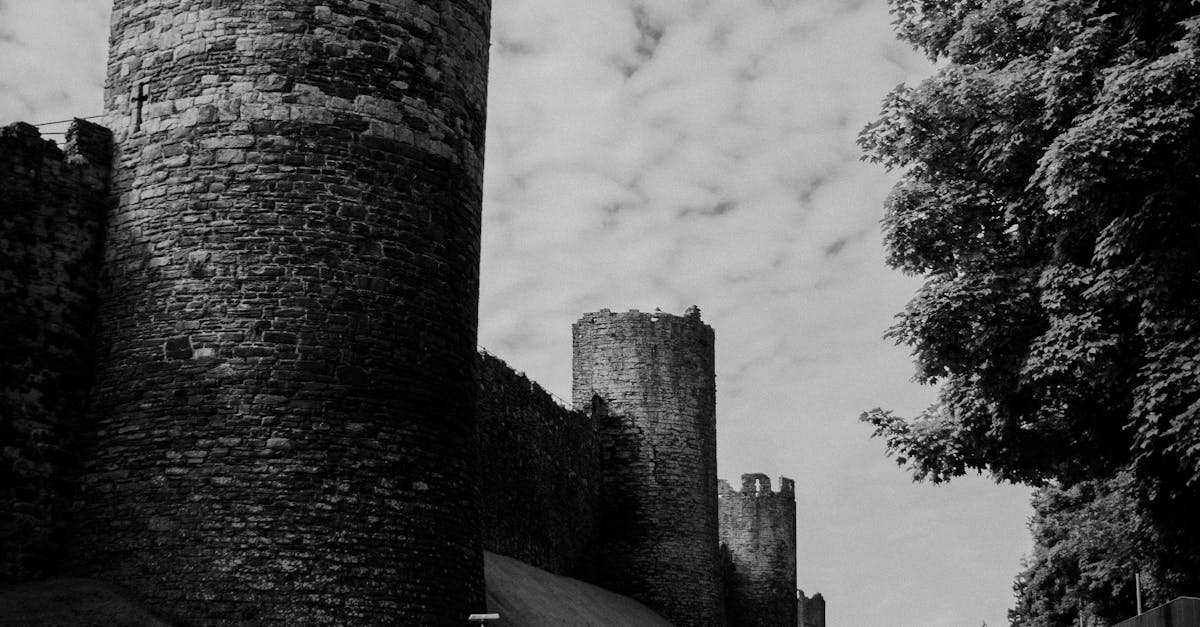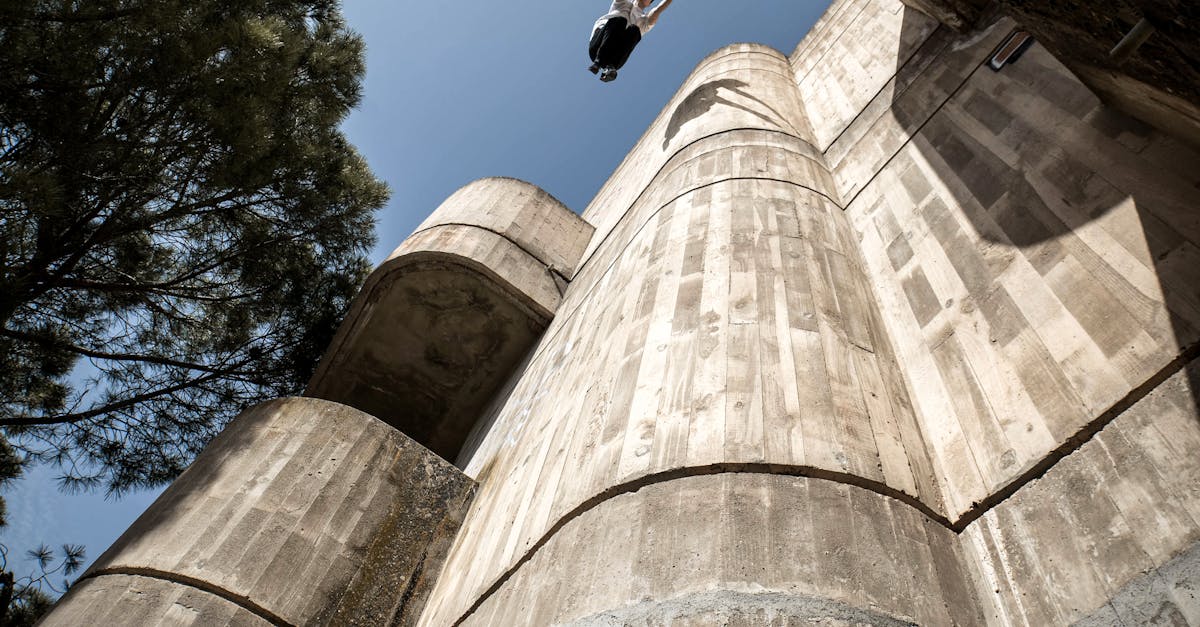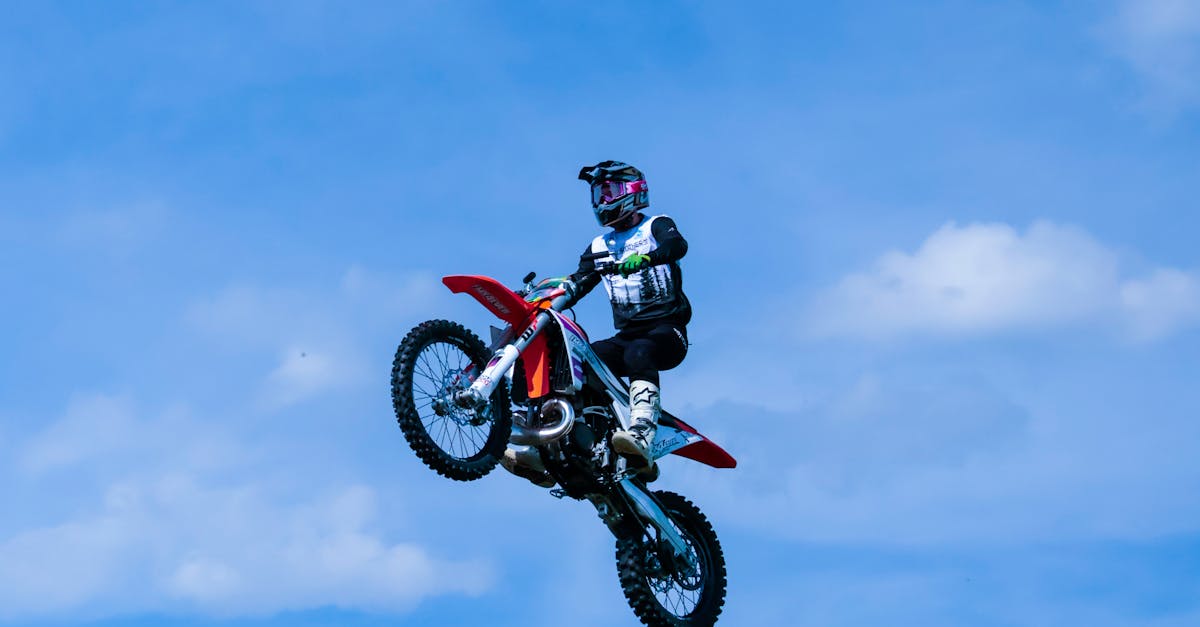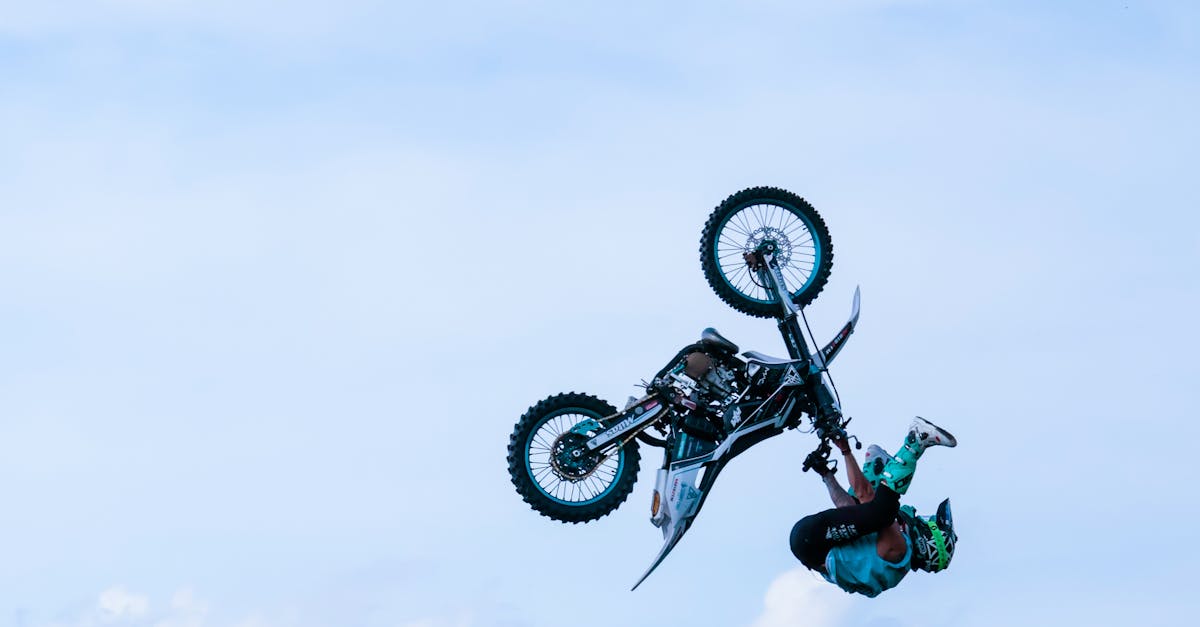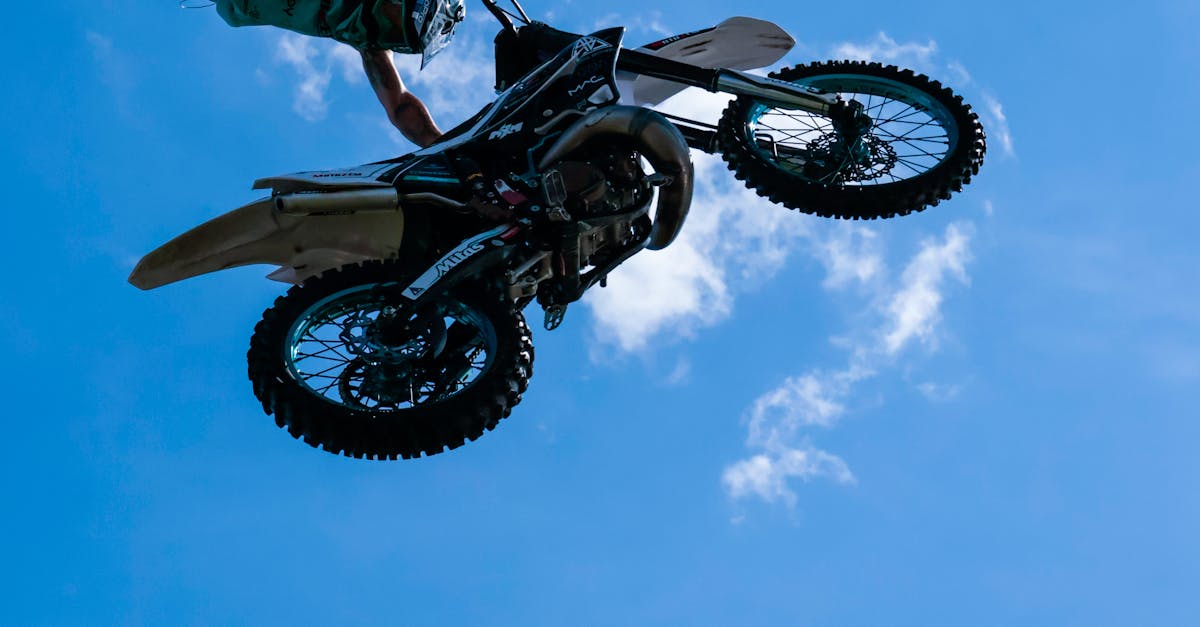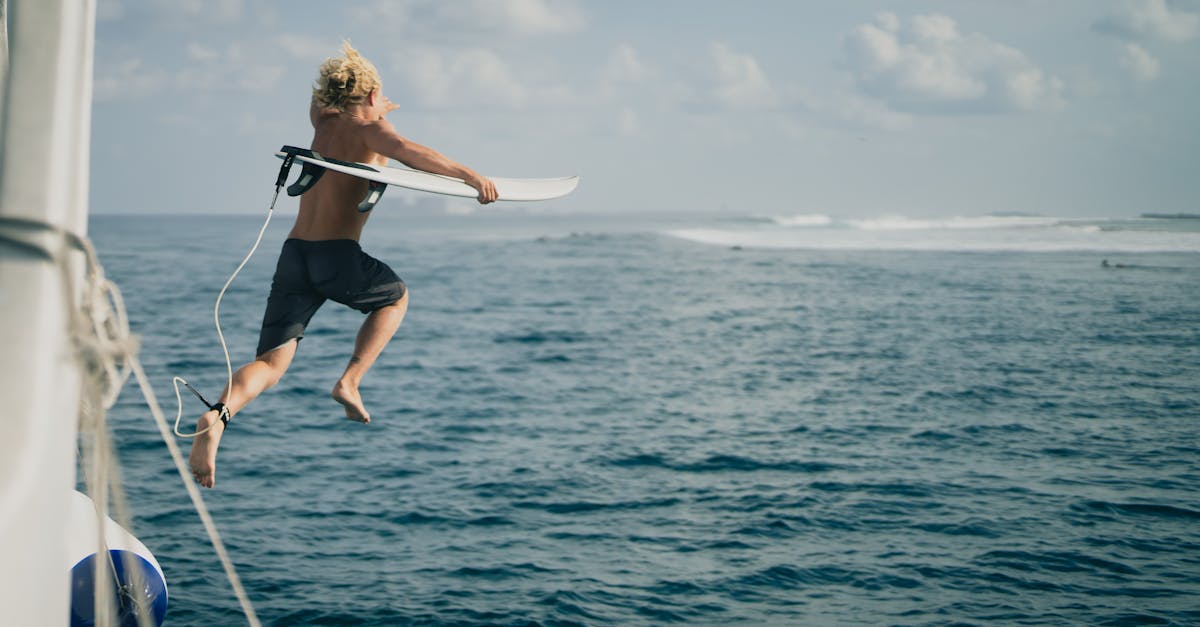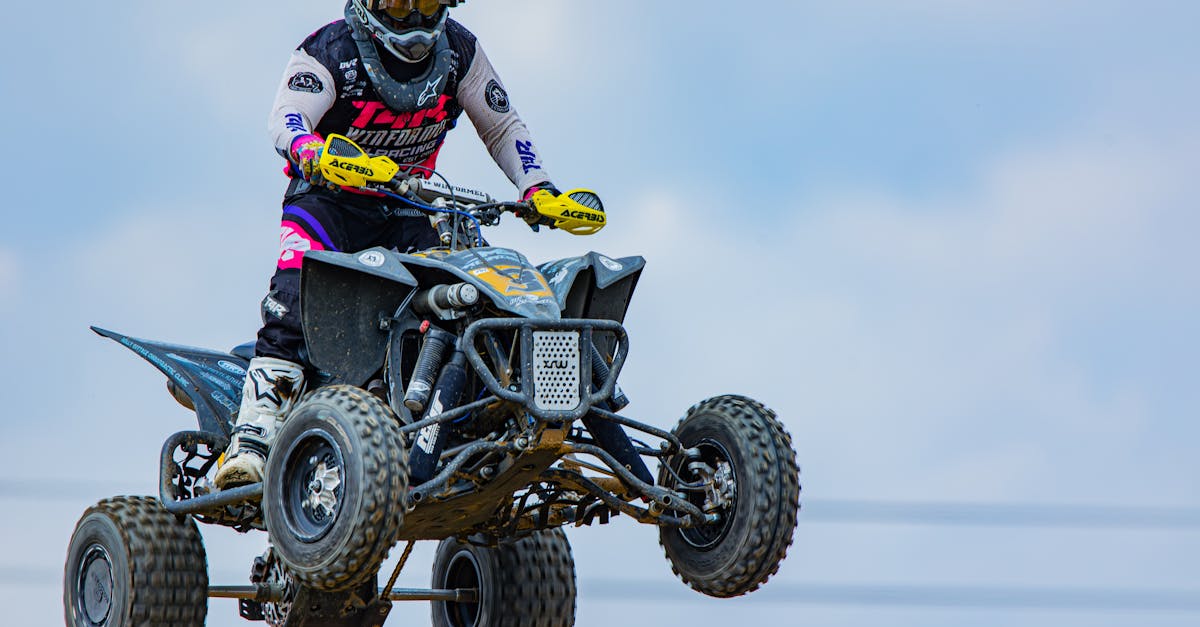
Table Of Contents
The Role of Spinning Rides in Carnival Culture
Spinning rides are an iconic element of carnival culture, capturing the thrill and excitement that many seek at fairs and festivals. These attractions often evoke a sense of nostalgia, drawing in crowds with their vibrant colours and dizzying motions. For people of all ages, they represent a shared experience of joy and adventure, making them a staple at any lively event. The adrenaline rush offered by these rides often leads to lasting memories, allowing attendees to bond over the exhilarating experience.
Inflatables and carnival rides complement each other within this festive atmosphere, creating an environment that encourages both action and relaxation. While spinning rides cater to those looking for a heart-pounding escapade, inflatables provide a safe space for younger children to engage in playful activity. The combination ensures that there is something for everyone, reinforcing the inclusive nature of carnival culture. This blend of excitement and fun showcases how spinning rides play a significant role in creating cherished moments at community gatherings.
Significance of Amusement Rides at Fairs
Amusement rides play a pivotal role in the atmosphere of fairs, creating a vibrant and exciting environment. Their presence attracts attendees of all ages, boosting foot traffic and encouraging families to spend time together. Beyond sheer entertainment, these rides foster a sense of nostalgia and community, often becoming a highlight of local tradition. Inflatables and carnival rides are especially popular, drawing crowds with their colourful designs and thrilling experiences.
These attractions are not only crucial for the entertainment value they provide but also for their economic impact on event organisers and local businesses. Amusement rides, combined with inflatables, contribute significantly to the overall revenue generated at fairs through ticket sales and concessions. They create a festive ambiance that enhances the appeal of these gatherings, making them memorable experiences for both visitors and vendors alike.
How Spinning Rides are Constructed
The construction of spinning rides involves a combination of innovative engineering and rigorous safety standards. Engineers begin by designing the structural framework, ensuring it can withstand dynamic forces generated during operation. Materials such as high-strength steel are often used to provide durability while minimising weight. Each component is then meticulously fabricated and assembled, considering factors like weight distribution and balance to enhance the ride's performance. Integrating advanced technology into the control systems creates a smoother experience for riders.
After the main structure is built, additional elements are added to enhance the ride experience. These can include visual effects and sound systems that contribute to the carnival atmosphere. Inflatables and carnival rides often coexist in these settings, blending the thrill of spinning attractions with the playful nature of inflatable games. Safety features like harnesses and emergency stop mechanisms are installed, as ensuring rider security is paramount. Regular inspections during and after construction help verify that each ride adheres to strict safety guidelines before it can be made available to the public.
Engineering Challenges in Ride Design
Designing spinning carnival rides presents unique engineering challenges that require innovative solutions. The fundamental mechanics of these rides depend on balance, centripetal force, and the dynamic interaction of materials under stress. Engineers must consider factors such as rider safety, ride capacity, and durability while also accommodating the thrill factor that makes these attractions so popular. The integration of advanced technology enhances the complexity of designs, ensuring rides can be operated smoothly and reliably.
Moreover, the need for regular maintenance poses additional challenges. Spinning rides are subject to wear and tear due to their constant movement and the forces exerted on them by both the structure and the passengers. Engineers collaborate closely with maintenance teams to develop inspection protocols that ensure all components are functioning correctly. Inflatables and carnival rides share the requirement for regular checks, with inflatable attractions needing to be carefully monitored for leaks and structural integrity, while spinning rides require a keen eye for any mechanical issues that may arise over time.
Maintenance and Inspection of Spinning Rides
Regular maintenance and inspection of spinning rides is crucial for ensuring the safety of all riders. Operators are required to adhere to strict safety standards set forth by local governing bodies. This involves routine checks of mechanical and electrical systems, as well as thorough inspections of the structural integrity of the ride. It is not uncommon for operators to implement preventative maintenance schedules, which helps in identifying potential issues before they escalate. Maintaining rides in a proper condition is essential to providing a safe and enjoyable experience.
Inflatables and carnival rides require specialised attention due to their frequent use and the varying conditions they encounter. Weather can impact the materials used in these rides, making it essential to monitor their state continuously. Inspectors often look for signs of wear and tear, such as fraying seams or punctures, and ensure that all safety features are functioning correctly. By diligently maintaining spinning rides, operators can foster trust with guests, encouraging repeat visits and contributing to the overall success of carnival events.
Ensuring Ride Longevity and Safety
The safety and longevity of spinning carnival rides are paramount for both operators and riders. Regular inspections and maintenance are essential to identify potential wear and tear on critical components, ensuring that rides operate smoothly and safely. Operators typically adhere to strict guidelines set forth by safety regulatory bodies, encompassing everything from routine checks of mechanical systems to thorough examinations of structural integrity. This due diligence not only promotes rider safety but also extends the operational lifespan of the rides, allowing them to continue captivating audiences for years.
In addition to standard maintenance practices, the integration of advanced technology in monitoring systems has revolutionised how safety is approached in the carnival industry. Enhanced sensors can detect abnormalities in real time, alerting operators to issues before they escalate. This proactive approach complements traditional safety inspections effectively. Furthermore, the synergy between inflatables and carnival rides offers an additional layer of entertainment while adhering to safety standards. Blending different types of attractions ensures that venues can provide diverse experiences while keeping rider enjoyment and safety at the forefront.
FAQS
What are spinning carnival rides?
Spinning carnival rides are amusement rides that rotate around a central point, providing thrill and excitement as riders experience centrifugal force.
Why are spinning rides popular at carnivals?
Spinning rides are popular because they offer a unique combination of speed, rotation, and height, delivering an exhilarating experience that appeals to a wide range of thrill-seekers.
How are spinning rides constructed?
Spinning rides are constructed using a combination of steel and other materials, designed to ensure both strength and stability. The engineering process involves careful planning to ensure safety and functionality.
What engineering challenges are faced in the design of spinning rides?
Engineers must address challenges such as weight distribution, the forces exerted on riders, and the overall safety features to prevent accidents and ensure a smooth operation during the ride.
How often do spinning rides need maintenance and inspection?
Spinning rides require regular maintenance and inspection, often daily or weekly during operating seasons, to ensure that all components are functioning properly and to address any wear and tear that may occur.
